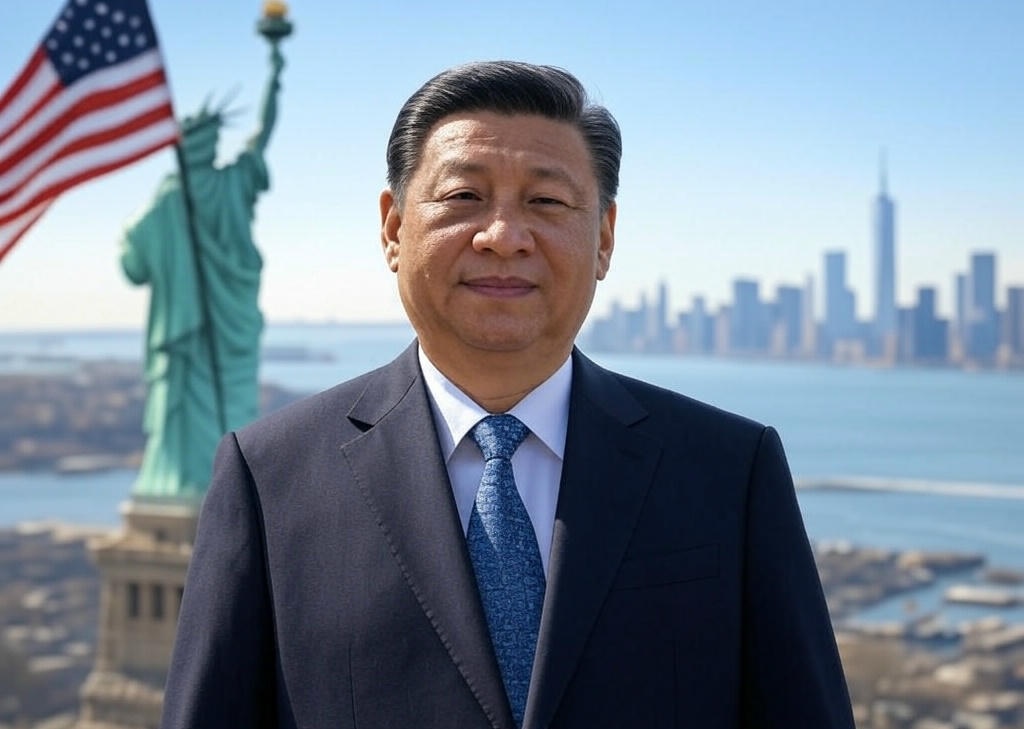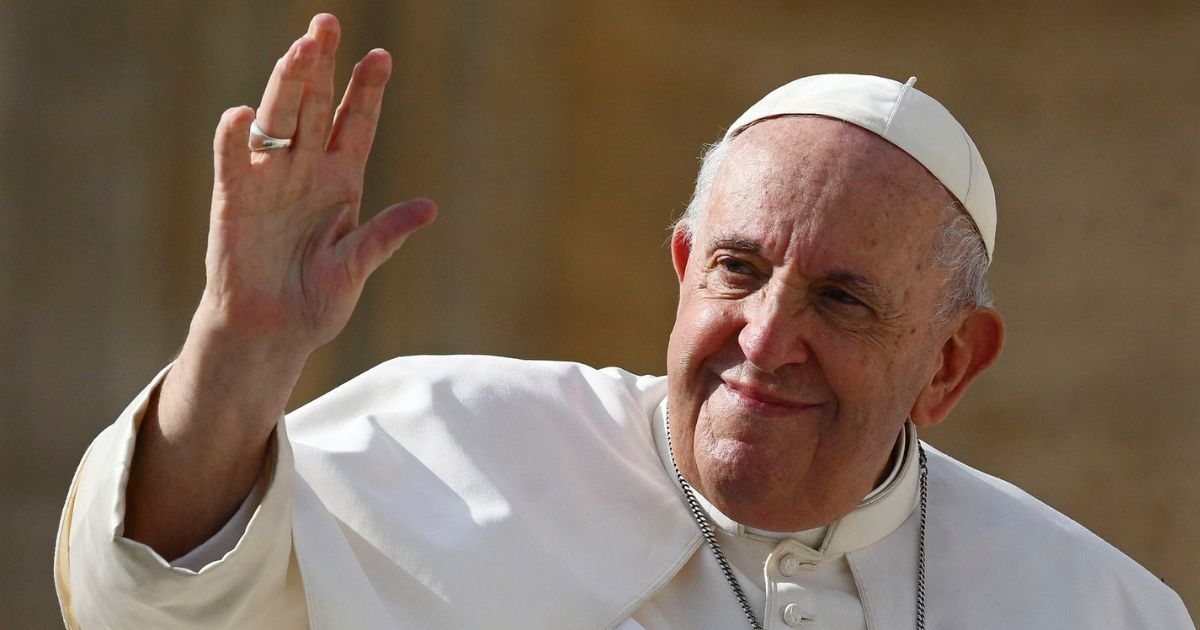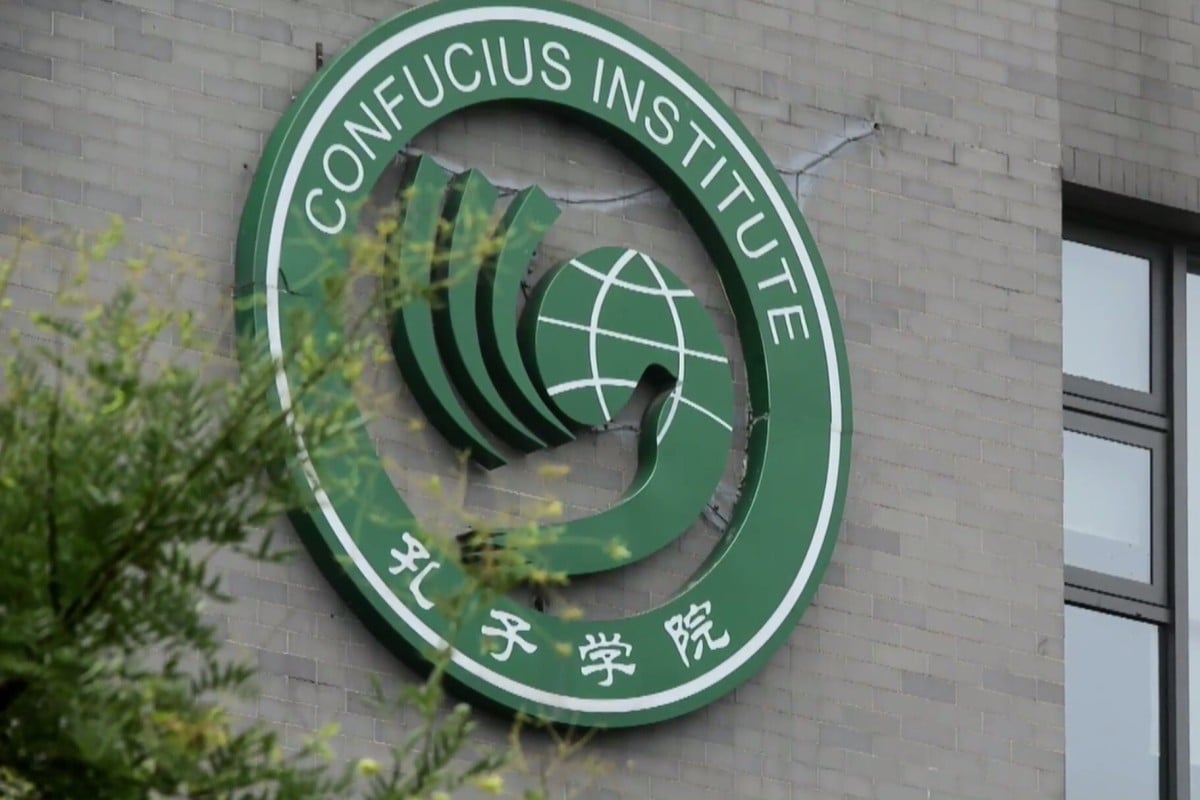When China joined the World Trade Organization (WTO) in 2001, it pledged to open its markets, reduce trade barriers, and adhere to global trade rules. More than two decades later, the United States and its allies accuse China of failing to fully honour these commitments, citing numerous instances of non-compliance. Meanwhile, China has intensified its public narrative, alleging that U.S. tariffs and export controls constitute an illegal market blockade in breach of WTO rules. As the U.S.-China trade war escalates, concerns grow: could prolonged tariffs lead to China’s international isolation, particularly given recent critiques likening Xi Jinping’s China to a “mafia boss” that coerces other nations with economic pressure?
China’s WTO Commitments: Progress and Persistent Failures
China’s WTO accession was a landmark for global trade, with promises to cut tariffs, liberalise services, protect intellectual property, and ensure fair competition. Progress has been made in some areas:
- Tariff Reductions: China slashed average tariffs from over 40% in the 1990s to around 10% by the early 2000s, meeting WTO requirements.
- Legal Reforms: China aligned its legal framework with WTO rules, such as the Agreement on Trade-Related Aspects of Intellectual Property Rights (TRIPS), establishing patent and trademark systems.
- Limited Market Access: Sectors like telecommunications and retail have seen partial foreign investment, though often with strict conditions like joint ventures.
However, China’s failure to deliver on several commitments has sparked criticism:
- Tech Market Barriers: China pledged to open service sectors, but U.S. tech giants like Google and Facebook remain excluded due to the Great Firewall and censorship demands. Google exited China in 2010, and Facebook has been unable to operate, breaching WTO principles of non-discrimination and market access.
- State Subsidies: Despite promises to reduce preferential treatment for state-owned enterprises (SOEs), China continues to provide substantial subsidies. In 2023, subsidies to the solar panel industry reached an estimated $15 billion, distorting global markets and violating WTO fair competition rules.
- Intellectual Property Theft: IP infringement remains widespread, with counterfeiting costing global brands billions annually. Firms like Tesla report forced technology transfers as a condition for market access. A 2024 WTO ruling found China’s IP enforcement lacking, breaching TRIPS obligations.
- Agricultural Barriers: China’s non-tariff barriers, such as stringent sanitary standards and import quotas, restrict foreign agricultural products. In 2024, U.S. soybean exports faced arbitrary inspections, violating WTO market access rules.
- Currency Manipulation: The U.S. accuses China of manipulating the yuan to boost exports. In April 2025, the offshore yuan hit a record low, prompting U.S. Treasury criticism of China’s exchange rate interventions, seen as undermining fair trade.
- Cloud Computing Restrictions: China’s 2017 Cybersecurity Law mandates data localisation, limiting foreign cloud providers like Amazon Web Services, in breach of WTO’s national treatment principle.
- Investment Hurdles: The 2020 Foreign Investment Law has not eliminated opaque approval processes. U.S. healthcare firms, such as private hospital chains, face regulatory barriers, contradicting China’s investment liberalisation pledges.
U.S. Tariffs and China’s Counter-Narrative
Frustrated by China’s breaches, the U.S. under President Donald Trump raised tariffs on Chinese imports to 145% in 2025, triggering China’s retaliatory 84% tariffs and rare earth export restrictions. This has led to a collapse in China-to-North America shipping, with an “empty vessel crisis” disrupting global supply chains. The U.S. views tariffs as a tool to force compliance, with Trump stating, “China must make a deal, or they can’t do business in America.”
China, however, has ramped up its rhetoric, accusing the U.S. of violating WTO rules. In 2025, Chinese state media and diplomats claimed U.S. tariffs and export controls—particularly on AI chips and semiconductors—constitute an illegal market blockade. In February, China’s UN representative criticised U.S. restrictions on Huawei and TikTok, arguing they breach WTO’s non-discrimination and free trade principles. China also contends that U.S. unilateral tariffs bypass the WTO’s dispute settlement mechanism, violating Article I (Most-Favoured-Nation Treatment) and Article II (Schedules of Concessions) of the General Agreement on Tariffs and Trade (GATT).
Are Both Sides Violating WTO Rules?
China’s accusations raise a critical question: if the U.S. is breaching WTO rules, is China equally culpable for its own violations? Experts suggest both nations are undermining the WTO framework:
- China’s Breaches: China’s tech restrictions, subsidies, IP theft, and non-tariff barriers violate WTO commitments, as evidenced by rulings like the 2023 case against China’s agricultural quotas and ongoing subsidy disputes.
- U.S. Breaches: The U.S.’s unilateral tariffs and export controls likely violate WTO rules by bypassing dispute resolution and imposing discriminatory barriers. A 2022 WTO panel ruled U.S. tariffs on Chinese goods illegal, and 2024 semiconductor export controls may breach GATT’s Article XI (prohibition on quantitative restrictions).
- Mutual Hypocrisy: Both accuse each other of selectively adhering to WTO rules. China portrays the U.S. as the primary violator, yet its forced technology transfers and data localisation mirror the protectionism it criticises. The U.S. demands China’s compliance while flouting WTO procedures, weakening global trade governance.
Prolonged Tariff War: Could China Face International Isolation?
If the tariff war persists, China risks international isolation, particularly as its foreign policy under Xi Jinping has drawn comparisons to a “mafia boss” wielding economic coercion. Recent critiques highlight China’s tactics:
- Belt and Road Controversies: China’s loans and infrastructure projects have raised concerns in countries like Sri Lanka and Pakistan, where debt traps have fuelled distrust.
- Trade Coercion: In 2020, China imposed tariffs on Australian wine and barley in retaliation for Australia’s call for a COVID-19 origins investigation, drawing global condemnation.
- Rare Earth Weaponisation: In 2025, China’s rare earth export restrictions to counter U.S. tariffs heightened fears of supply chain manipulation.
These actions have strained relations. The EU and Japan are diversifying supply chains to reduce reliance on China, while Southeast Asian nations tread cautiously between the U.S. and China. China’s advances in AI and semiconductors, led by firms like DeepSeek, have prompted the U.S. and allies to accelerate “de-risking” through initiatives like the Chip Alliance, restricting China’s technological access. A prolonged tariff war could erode trust among trading partners, especially in developing nations wary of China’s coercive tactics, potentially isolating China diplomatically and economically.
However, China’s economic size and market allure mitigate total isolation. Russia, African nations, and some Central Asian states rely on Chinese investment, and China has bolstered influence through the RCEP trade agreement. Yet, if tariffs fragment global trade, China could face broader trade barriers and diplomatic alienation.
Can Tariffs Force China’s Compliance?
The U.S. sees tariffs as a means to address China’s violations, with disruptions like the April 2025 shutdown of Chinese iPhone assembly lines showing economic pressure. Tariffs also aim to shift supply chains to Southeast Asia or Europe.
However, their effectiveness is uncertain:
- Potential Leverage: Tariffs may push China to negotiate on tech market access or subsidies.
- Economic Costs: Tariffs raise U.S. consumer costs and harm businesses, while China’s rare earth restrictions escalate supply chain tensions.
- WTO’s Decline: The WTO’s dispute settlement system, hamstrung by U.S. obstructionism and systemic issues, struggles to enforce compliance, risking further marginalisation.
A Fractured Trade Order
China insists it has largely fulfilled its WTO obligations, accusing the U.S. of suppressing its rise. China’s AI and semiconductor progress heightens U.S. fears of losing technological dominance. Mutual accusations of WTO violations underscore a crisis in trade governance. If tariffs persist, China’s coercive strategies may deepen its isolation, while the unfulfilled promises of 2001 and both nations’ rule-breaking cast a shadow over global trade.




